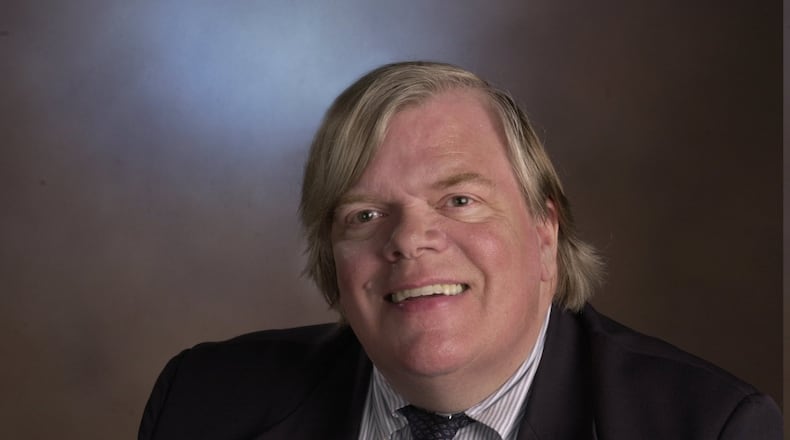It should have been obvious, though only a few insiders said so at the time, that the constitutional amendments “reforming” district-drawing have a fatal flaw: They let politicians, not rank-and-file Ohioans, make all the decisions.
As to the Ohio General Assembly districts, the Redistricting Commission is simply the old Apportionment Board with haircuts and manicures. As to congressional districts, the 2018 “reform” still lets term-limited state legislators tailor congressional districts to fit plans.
If a bystander has a suspicious mind, she or he must wonder if the 2015 and 2018 redistricting “reforms” were crafted inside the legislature to head off genuine reforms that a statewide-petitioned plan might have put in place – kind of like the 1982 “reform” of the Public Utilities Commission of Ohio; insiders crafted it to (successfully) undercut a drive for popular election of the PUCO. And by now most Ohioans know must how much the 1982 “reform” changed the PUCO: Nada.
To really guarantee fair ness, a new redistricting panel would have to exclude officeholders or party official or candidates. Plus, the new panel would have to have constitutionally guaranteed funding. And the selection of panel members should be as free from political antics as possible. Selection could be somewhat like that of the California Citizens Redistricting Commission, which appears to truly be a citizens’ – not an insiders’ – body.
Contrast that kind of membership with Ohio’s Redistricting Commission – Senate President Matt Huffman and House Speaker Robert Cupp, both Lima Republicans, and Gov. Mike DeWine, a Republican of Greene County’s Cedarville, State Auditor Keith Faber, a Republican of western Ohio’s Celina, and Republican Secretary of State Frank LaRose, of Upper Arlington. logic. Meanwhile, the panel’s only diversity is provided by Sen. Vernon Sykes, a Black Akron Democrat, and House Minority Leader Allison Russo, an Upper Arlington Democrat. Little question, the Redistricting Commission, in concept and execution, hasn’t worked the way voters intended it to work.
One more thing: Any genuine redistricting reform must simplify Ohio’s current rules for drawing General Assembly districts. In what may actually be a good-faith gripe, the GOP insiders who are the Redistricting Commission’s ringmasters have said that drawing 99 politically proportionate Ohio House districts (54 GOP-leaning, 45 Democratic-leaning) is more complicated than drawing Queen Elizabeth II’s family tree. Reason: Rules dating to the ‘60s strictly limit where and how Statehouse district lines may split local government boundaries (example: townships) in trying to equalize Statehouse districts’ populations.
But the object of fair apportionment and districting is about adequately transmitting voters’ sentiments to the Statehouse. That is, as the U.S. Supreme Court ruled in Reynolds vs. Sims in 1964 that “[state] legislators represent people, not areas.” Why, say, is a township boundary so sacred that it can trump Ohioans’ political equality? It isn’t, and it shouldn’t.
Thomas Suddes is an adjunct assistant professor at Ohio University and the former Statehouse reporter for The (Cleveland) Plain Dealer.
About the Author
